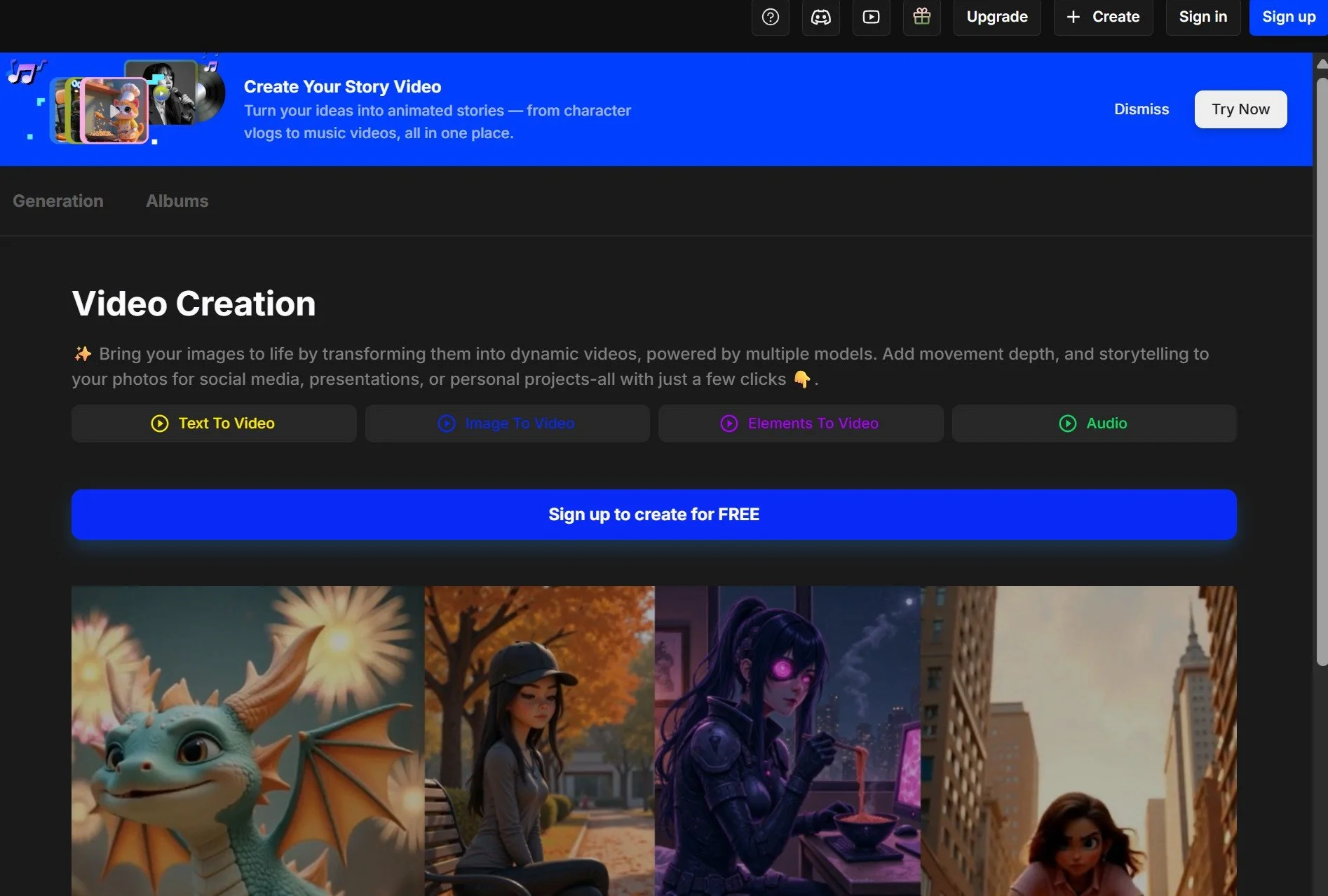Slop Videos in Business Communication
Students might be entertained by slop videos, but they should consider the dangers of this new technology, including misuses in business communication.
Slop videos are low-value, AI-generated content designed to get clicks and views. They have little creative value or other purpose. Apps like OpenAI’s Sora makes it easy to spit out repetitive scenes both banal (a cat driving a car) and frightening (Hitler spewing hate). AI tools like Sora label content, but it’s small, and already people found ways to remove the mark.
Students might defend this content, but a classroom discussion could explore potential harms, particularly related to course topics. Here are a few examples of how slop could be used against companies:
Misuse of brand identities
Fake ads promising results products can’t deliver
Deepfakes of company leaders
The potential consequences for companies follow:
Reputation damage
Difficulty establishing credibility and building trust with authentic content
Reduced engagement
Increased legal expense
Diminished creativity and professional standards to compete with slop for engagement
Other harms are worth discussing, for example, the tremendous energy demands, an increasing shift towards quantity over quality, and, at its worst, a slow degradation of reality.
OpenAI’s blog post, “Launching Sora Responsibly,” acknowledges the tip of these harms. But students may see limitations in the plan, just as we see limitations in how Meta manages content on Facebook and Instagram.

